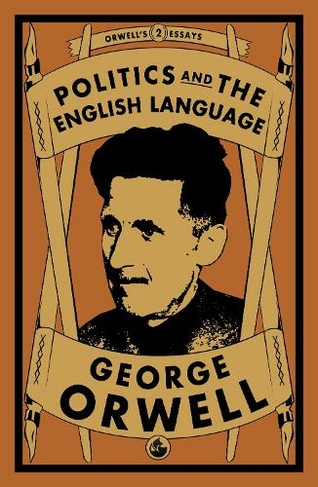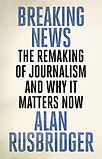Discover Pandipedia
Pandipedia is the world's first encyclopaedia of machine generated content approved by humans. You can contribute by simply searching and clicking/tapping on "Add To Pandipedia" in the answer you like. Learn More
Expand the world's knowledge as you search and help others. Go you!

Fashion can significantly impact mental health through the concept of 'enclothed cognition,' where the symbolic meaning of clothing affects a person's psychological state and cognitive abilities. For example, wearing professional attire can enhance feelings of power and positively influence mood, while clothing that feels uncomfortable or doesn't align with one's self-image can lead to stress and self-consciousness[1][5][6].
Moreover, the fashion industry can shape societal perceptions and personal identities, which in turn affects self-esteem and mental well-being. Choosing outfits that reflect positivity can improve confidence, while darker, oversized clothing commonly associated with depression may provide comfort but also signal a lack of interest in personal appearance[2][3][6].
Let's look at alternatives:
- Modify the query.
- Start a new thread.
- Remove sources (if manually added).
- Request a manual search from our human research team.

Cultural narratives play a fundamental role in shaping how we perceive and understand history. They are the stories, ideas, customs, and symbols that define a community’s identity, and they influence how historical events are interpreted and remembered. Understanding the impact of these narratives is crucial in recognizing their significance in education, collective memory, and cultural identity.
Defining Cultural Narratives
Cultural narratives represent the shared stories that bind members of a community together. These narratives are essential for establishing a community’s identity and helping individuals situate themselves within the temporal framework of their history, whether through familial, community, or national storytelling. By articulating a continuous temporal experience from the past to the present, cultural narratives allow groups to maintain a sense of identity and continuity over time[3][7].
The Role of Historical Narratives in Shaping Identity
These narratives are not merely recollections of past events; they serve as vital tools in defining the identities of individuals and groups. For instance, the history shared within families can connect younger generations to their ancestors, providing context about struggles, values, and achievements. This intergenerational sharing helps to create a sense of belonging and continuity, as it links personal histories to broader cultural stories[1][2].
Moreover, cultural narratives often reflect and reinforce societal values and beliefs, guiding how individuals perceive their roles in society and how they relate to one another. They give people a framework for understanding their place in the world, influencing behaviors and actions based on historical context. As such, they form an important aspect of historical consciousness[7].
Historical Understanding as a Collective Memory
The transmission of cultural narratives across generations contributes significantly to collective memory. This collective memory shapes how societies remember their past, what is celebrated or condemned, and which stories are preserved or forgotten. For example, differing interpretations of significant events like the Civil War can illuminate how dominant narratives overshadow or neglect the perspectives of marginalized groups, leading to an incomplete understanding of history[4][8].
Various cultures remember historical events in ways that reflect their values and priorities. For instance, a nation might celebrate its war victories while simultaneously sidelining the stories of those who suffered due to the consequences of these wars. This selective remembering can shape public consciousness and influence contemporary societal attitudes and policies[4][6]. Understanding these dynamics reveals the complexities involved in interpreting history, emphasizing the need for inclusive narratives that acknowledge multiple perspectives.
Memory and Cultural Narratives
Memory is inherently subjective and shaped by cultural narratives, which can lead to interpretations that may distort or simplify historical facts. Different communities may remember the same event differently based on the narratives that have been passed down, often leading to conflict in understanding[5][7]. For instance, the varied perceptions of events surrounding colonialism highlight how cultural narratives can shape collective memory, influencing contemporary discussions about equity and justice[6][7].
The Educational Aspect of Historical Narratives
In education, the way history is taught influences how cultural narratives are perceived. Traditional approaches often emphasize memorization of dates and events, which can lead to simplistic narratives that fail to capture the complexities of historical experience. Young learners might simplify historical narratives into a series of disconnected events, failing to appreciate the interrelatedness of these events over time[3][7].
To foster a deeper understanding of history, educators are encouraged to challenge students’ simplified narratives and engage them in exploring the nuances of historical events and figures. By encouraging students to reflect on their own historical narratives, educators can help them develop a more critical and comprehensive view of history that respects diverse perspectives and experiences[8][9].
Bridging Cultural Gaps Through Narratives
Moreover, narratives can bridge cultural gaps, fostering empathy and understanding in increasingly multicultural societies. For instance, telling the stories of different groups can illuminate shared experiences and struggles, which can build a sense of community and reduce prejudice. Recognizing the multiplicity of historical narratives and encouraging discussions around them enhances intercultural understanding, which is essential for social cohesion and peace[4][8].
The Challenges of Cultural Narratives
Cultural narratives are not static; they evolve continuously as societies change. As new stories are added and old ones are re-evaluated, the narratives that shape our understanding of history can be contested. This is especially relevant in contexts where power dynamics shift, revealing biases in historical accounts that historically privileged certain perspectives over others[6][9].
Critical engagement with cultural narratives allows for a more nuanced understanding of history, where students and citizens can grapple with the complexities that come from diverse historical experiences. By acknowledging biases and actively seeking out marginalized stories, societies can work towards a more equitable representation of the past[5][7].
Conclusion
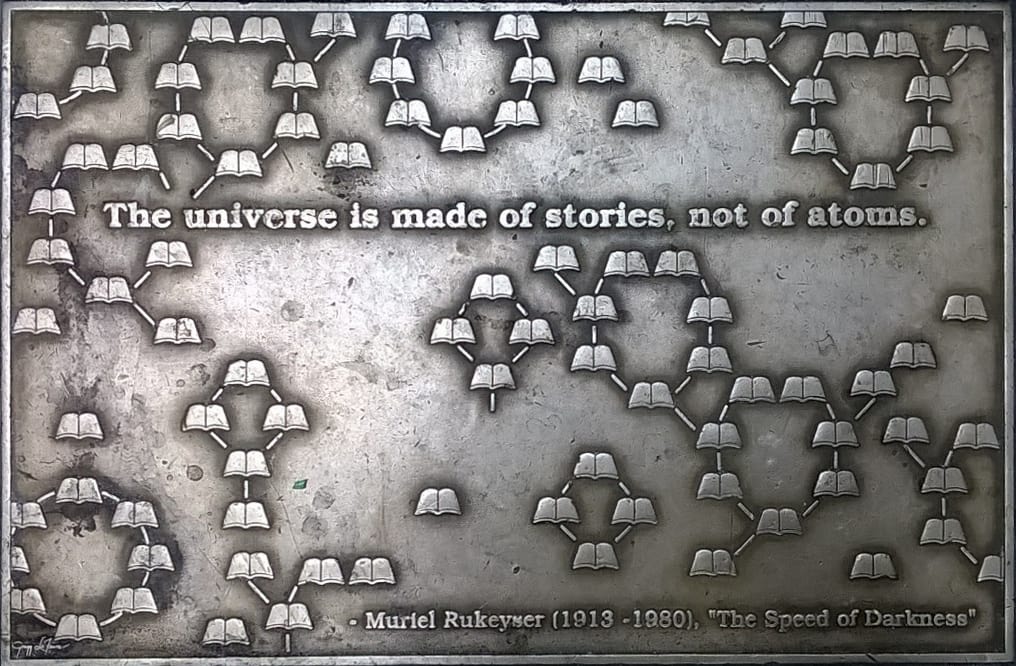
Cultural narratives significantly shape our understanding of history, influencing personal identities, collective memories, and educational frameworks. They are essential for constructing meaning from the past and guiding future actions. Recognizing these narratives is crucial in fostering a more inclusive and nuanced understanding of history that acknowledges the multifaceted nature of human experience. This approach not only enhances historical literacy but is vital for building a more empathetic and interconnected society.
Let's look at alternatives:
- Modify the query.
- Start a new thread.
- Remove sources (if manually added).
- Request a manual search from our human research team.
Get more accurate answers with Super Search, upload files, personalised discovery feed, save searches and contribute to the PandiPedia.
The Elements of Journalism
A comprehensive book on journalism that delves into the fundamental principles and ethical responsibilities of the profession, emphasizing accuracy, fairness, and serving the public interest[5].
The Journalist and the Murderer
An exploration of the complex relationship between journalists and their subjects, addressing ethical dilemmas and the nature of truth in journalism[5].
All the President’s Men
A gripping account of the investigative reporting of the Watergate scandal by Washington Post journalists Bernstein and Woodward, showcasing the power of investigative journalism[5].
The New New Journalism
Conversations with America’s best nonfiction writers offering insights into the techniques and philosophies of nonfiction storytelling[5].

On Writing: A Memoir of the Craft
Stephen King shares personal experiences and practical advice on writing, beneficial for aspiring journalists[5].

Dispatches
A visceral account of the Vietnam War from the perspective of a war correspondent, highlighting the brutal realities faced by soldiers[5].
Politics and the English Language
George Orwell's essay examining how language can conceal truths and mislead, essential for understanding the impact of language in journalism[4].
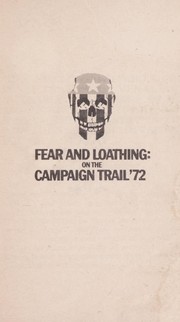
Fear and Loathing: On the Campaign Trail ’72
Hunter S. Thompson's gonzo-style journalism covering the 1972 U.S. presidential campaign, offering an unfiltered look at American politics[5].

Amusing Ourselves to Death
Neil Postman's examination of how television and visual media have changed public discourse, relevant for understanding modern journalism's challenges[5].
Breaking News: The Remaking of Journalism and Why It Matters Now
Alan Rusbridger discusses the issues facing the news industry in the digital age[7].
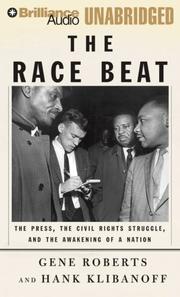
The Race Beat: The Press, the Civil Rights Struggle, and the Awakening of a Nation
An exploration of the role of the press in the civil rights movement[5].

We Wish To Inform You That Tomorrow We Will Be Killed With Our Families
Philip Gourevitch's account of the Rwandan genocide, blending history with personal narratives[3].
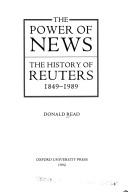
The Power of News: The History of Reuters
An account detailing the evolution of Reuters and its influence on news reporting[5].
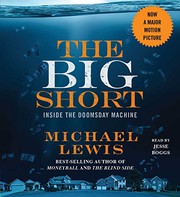
The Big Short: Inside the Doomsday Machine
Michael Lewis's insightful look at the 2008 financial crisis and the role of journalism in uncovering the truth behind it[5].

The Autobiography of Benjamin Franklin
A significant account of one of America's founding fathers with details that emphasize the importance of communication and public service in journalism[5].
The Glamour of Grammar
Roy Peter Clark's guide on the practical use of grammar and its relevance to effective communication in journalism[5].
Newspaper Days
H.L. Mencken's reflections on his time as a reporter, providing insights into the journalism profession from the early 20th century[5].
The Watchdog That Didn’t Bark: The Financial Crisis and the Disappearance of Investigative Journalism
A critical examination of how investigative journalism failed to address the financial crisis[5].
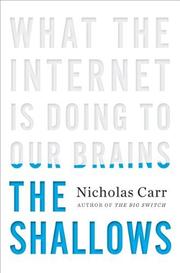
The Shallows: What the Internet is Doing to Our Brains
Nicholas Carr discusses how the digital landscape affects our cognitive function and attention, important for contemporary journalistic practices[5].
The News: A User’s Manual
Alain de Botton critiques the modern media landscape and the influence of news on society[5].
The Content Fuel Framework: How to Generate Unlimited Story Ideas
A resource for journalists on how to create impactful and engaging content in the digital age[1].
Writing Tools: 55 Essential Strategies for Every Writer
This book covers essential tips for refining writing skills crucial for journalism[1].
The Fact-Checker’s Bible
A guide to accuracy in journalism that details techniques for ensuring factual integrity in reporting[1].
Let's look at alternatives:
- Modify the query.
- Start a new thread.
- Remove sources (if manually added).
- Request a manual search from our human research team.
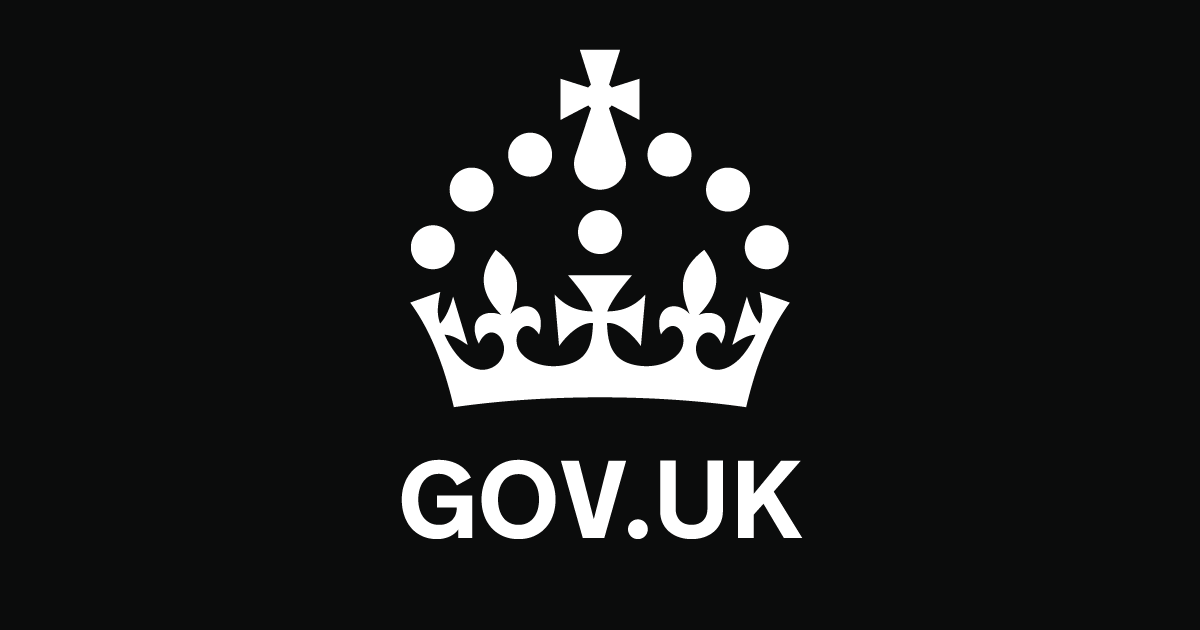
Traffic signals serve to manage the flow of traffic, ensure safety, and provide direction to drivers. They help prevent accidents at intersections and convey instructions to vehicles and pedestrians about when to stop or go, thereby facilitating smoother traffic movement and minimizing congestion[1][3].
Additionally, traffic signals are designed with various types and complexities to accommodate different road conditions, traffic volumes, and user interactions, adapting to the evolving needs of urban landscapes[4]. By coordinating traffic phases and timings, they play a crucial role in enhancing efficiency and safety at intersections, where most accidents occur[3][4].
Let's look at alternatives:
- Modify the query.
- Start a new thread.
- Remove sources (if manually added).
- Request a manual search from our human research team.
Let's look at alternatives:
- Modify the query.
- Start a new thread.
- Remove sources (if manually added).
- Request a manual search from our human research team.

Inthefollowing pages Ihave donemy best togive a condensed statement, 1st, Ofthefactsandprinciples which regulate thedesign andconstruction ofLighthouse Towers in exposed situations.
Thomas Stevenson[1]
Allthelater improvements have been fully described and illustrated, soastoenable theengineer toselect from thedifferent designs, such plans aswill best suitthespecial peculiarities ofanyline ofcoast toilluminate.
Thomas Stevenson[1]

Alllight islosttothesailor which iseither allowed todiverge above theliorizon, andtherefore above thesea, orsofarbelow itastofallshort ofthesea.
Unknown[1]
ASaberly radiant isindeed thesolecause ofthedifficulty thathas tobeencountered inallattemj)ts todeal accurately with theproper distribution ofthelight…
Unknown[1]
Every improvement oflighthouse apparatus may heresolved simply intoamethod ofpreventing lossoflight
Unknown[1]
Let's look at alternatives:
- Modify the query.
- Start a new thread.
- Remove sources (if manually added).
- Request a manual search from our human research team.
Get more accurate answers with Super Search, upload files, personalised discovery feed, save searches and contribute to the PandiPedia.

LLM agents differ significantly from traditional chatbots in their ability to perform complex, multi-step tasks with greater autonomy. While conventional chatbots follow predetermined paths and respond within fixed parameters, LLM agents leverage large language models to independently handle workflows and dynamically manage decision-making. They can execute tasks, access various external tools, and adjust their actions as needed, allowing for more sophisticated interactions[1][2].
Moreover, LLM agents are capable of recognizing when a workflow is complete and proactively correcting actions if necessary. This flexibility enables them to process inputs dynamically and engage in more effective problem-solving than basic chatbots, enhancing their overall functionality[2][1].
Let's look at alternatives:
- Modify the query.
- Start a new thread.
- Remove sources (if manually added).
- Request a manual search from our human research team.
Tax Preparation
Accurately preparing tax returns to claim all eligible deductions and credits, ensuring compliance with tax laws[1].
Tax Compliance Consultation
Keeping clients updated on the latest tax laws and regulations to ensure compliance[1].
Residency Status Analysis
Evaluating tax residency status based on physical presence and ties to countries[2].
Double Tax Treaty Advisory
Providing guidance on how to leverage double tax treaties to avoid double taxation[2].
Home Office Expense Deductions
Assisting in claiming deductions for home office expenses applicable to remote workers[1].
Foreign Earned Income Exclusion Consultation
Helping U.S. citizens understand eligibility for the Foreign Earned Income Exclusion[1].
International Tax Law Guidance
Providing insights into international tax laws affecting digital nomads across various jurisdictions[2].
Tax Return Filing for International Workers
Filing tax returns specifically for remote workers and digital nomads living abroad[1].
Income Sourcing Consultation
Advising on taxation based on the source of income and its implications for digital nomads[2].
Status of Employment Contracts Examination
Reviewing the implications of UK-based employment contracts for non-residents[2].
Corporate Tax Guidance
Advising on corporate tax liabilities for businesses registered in the UK or operating from there[2].
Visa Advisory for Remote Work
Consulting on visa requirements for working remotely in various countries[2].
Let's look at alternatives:
- Modify the query.
- Start a new thread.
- Remove sources (if manually added).
- Request a manual search from our human research team.
Let's look at alternatives:
- Modify the query.
- Start a new thread.
- Remove sources (if manually added).
- Request a manual search from our human research team.
Let's look at alternatives:
- Modify the query.
- Start a new thread.
- Remove sources (if manually added).
- Request a manual search from our human research team.


